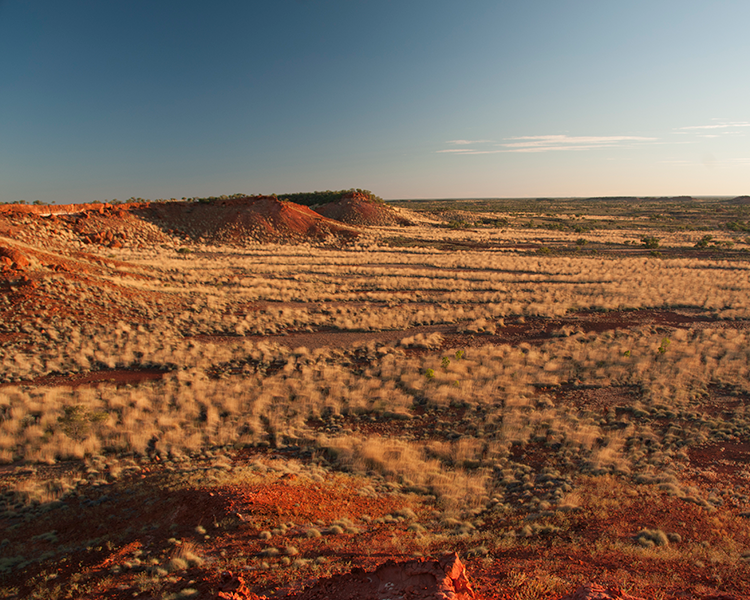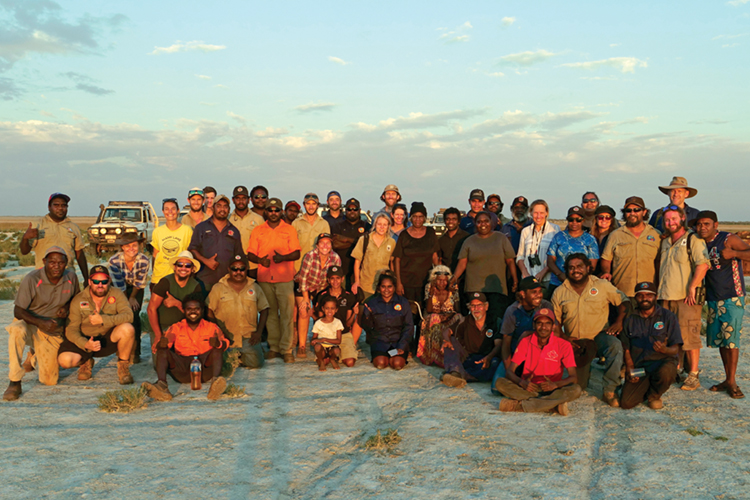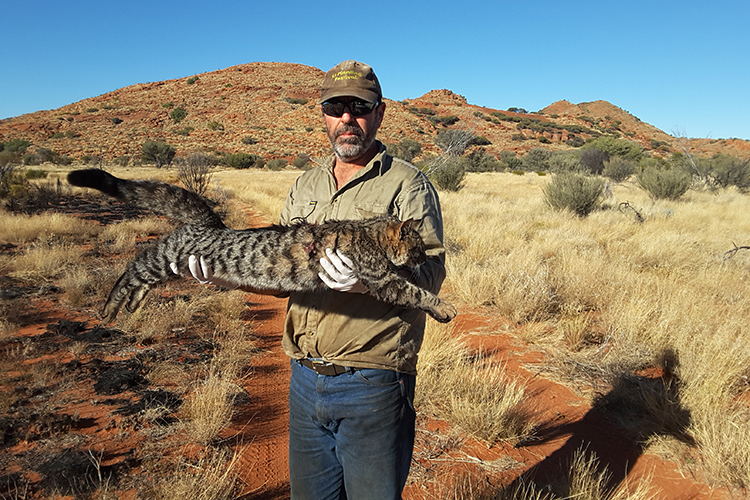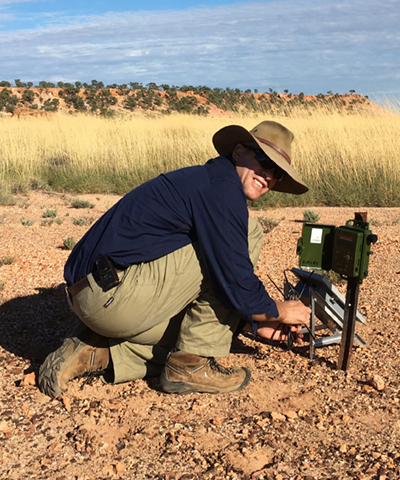
Research in Brief
The Night Parrot declined severely in the late 19th-century, and was ‘missing’ for nearly a century. Since its rediscovery in western Queensland in 2013, we are slowly building knowledge of its ecology, the threats it faces, its status, and how to manage the landscape for its conservation.
This project will build on research completed since 2013, focusing on:
- advancing our understanding of Night Parrot ecology;
- confirming the status of the species; and
- building the knowledge to allow land managers to make better decisions on how to conserve the parrot.
Why is the research needed?
The Night Parrot is one of the Australian Government’s 20 priority bird species. Recorded occasionally throughout arid central Australia during the second half of the 19th-century, it underwent a severe decline in the late 19th- and early 20th-centuries.
Despite numerous attempts to rediscover the bird, it remained elusive until 2013, when naturalist John Young revealed that he had discovered a population of Night Parrots in western Queensland.
Having been ‘missing’ for so long, almost nothing was known of the bird’s ecology. A research program was established that began to reveal some of the bird’s secrets, such as calling behaviour, habitat use and possible threats.
However, such a secretive and nocturnal species is very difficult to study. Researching the Night Parrot is a painstaking process, with every piece of data very hard won, but we are slowly building a picture that will allow us to detect the bird more easily where it occurs, understand the habitat it requires, and understand how we can manage the landscape so it doesn’t disappear for a second time.
 Night Parrot Habitat. Photo Nick Leseberg
Night Parrot Habitat. Photo Nick Leseberg
How will the research help?
The discovery of the population of Night Parrots in western Queensland offers the opportunity to understand not only how the Night Parrot survives in the harsh climate of arid central Australia, but why it has persisted in this particular location. This research will focus on a few basic questions, including:
- what are the Night Parrot’s resource requirements, and do these change in response to the dynamic conditions in arid central Australia?
- what is the spatial distribution of necessary habitats that can support Night Parrots, and can this help us discover further populations?
- what is the true status of the Night Parrot in western Queensland?
- what threatening processes impact the Night Parrot, and can these be managed to conserve the parrot into the future?

Researcher Nick Leseberg sets up an automatic acoustic recorder. If the parrots are using this area they can be identified by their calls. Photo: Andrew Dawson
What research activities are being undertaken?
The primary activities that will be undertaken as part of this research project are:
- Use of GPS tags to track the movements of individual Night Parrots across the spectrum of resource availability conditions (i.e during wet and dry periods);
- Detailed analysis of habitats and diet, to help understand what resources the birds require, and whether they must shift resource use during wet and dry periods, as resource availability changes;
- Widespread surveys for other populations of Night Parrots using automatic acoustic recorders, in an effort to understand rates of occupancy, and also to help build a distribution model that may help predict the occurrence of further populations;
- A continuing analysis of the threats faced by the Night Parrot in western Queensland, including the impact of introduced predators, and the impact of grazing on the Night Parrot’s food plants.

Juvenile Night Parrot. Photo Nick Leseberg
Who is involved?
This research is being led by researchers from the University of Queensland, with significant support from Bush Heritage Australia, the Australian Academy of Science (Max Day Award) and Birds Queensland.
Where is the research happening?
Research has been occurring in western Queensland, but with the recent confirmation of another population of Night Parrots in Western Australia, and probably also the Northern Territory, this is likely to change!
When is the research happening?
Initial research commenced in 2013, with this project starting in mid-2016 and continuing until 2021.
More Information
For more information contact:
Nick Leseberg - n.leseberg@uq.edu.au
Top image: Like many arid zone animals, Night Parrots have evolved to be nocturnal. Photo: Nick Leseberg














